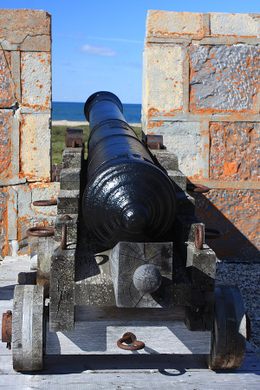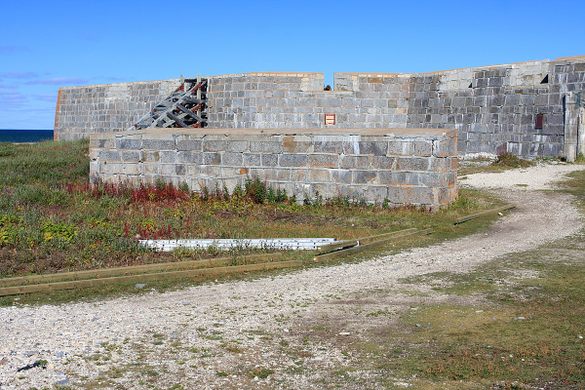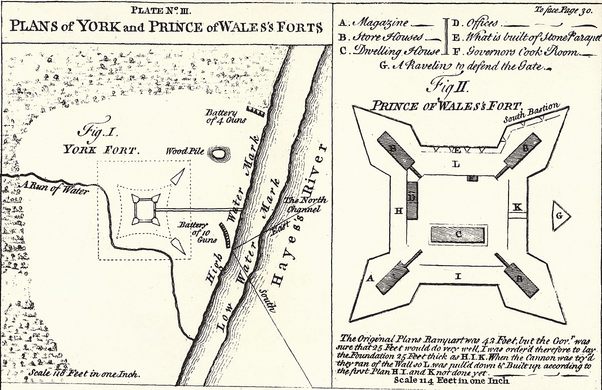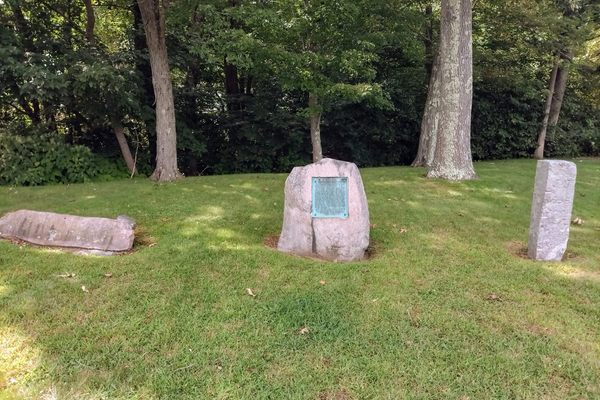Prince of Wales Fort
This former outpost was designed to protect the lucrative fur trade of the 18th century.
On the remote shores of Hudson’s Bay resides the impressive stone bastion known as Prince of Wales Fort. Originally a wooden structure, the star-shaped stone structure that exists today was constructed in 1731 to better protect the Hudson’s Bay Company’s assets in the area, primarily the trade of beaver pelts
In the 18th century, beaver pelts were arguably the cornerstone of the Canadian economy, these furs were used to construct hats and other articles of clothing. Owning a beaver hat or coat was a serious status symbol across much of the European world, and there was serious money to be made in the far reaches of the Canadian North. Attacking or capturing fur trade outposts became a popular strategy during warfare in this period and thus, heavily fortified bases sprung up in some of the most remote places around the continent.
In 1782, France launched an expedition to attack the, at the time, severely undermanned Prince of Wales Fort and ended up completely capturing it with no casualties on either side. Although a portion of the fort was damaged, most of the buildings remained completely intact and continue to be so today. The Hudson’s Bay Company regained control the next year, but by this time, the fur trade was a waning industry and the fort’s relevance quickly fell off.
With it being designated a National Historic Site of Canada in 1920, efforts to restore the location began in 1929, and today Prince of Wales Fort is an incredibly unique tourist destination/archeological site.
Know Before You Go
Prince of Wales Fort is located on the outskirts of Churchill, Manitoba, and it is not connected to any outside road. You can arrive on regular rail or air service from Winnipeg and use a local transport service to get to the location of the fort. Guided tours via Parks Canada are available for reservation during the months of July and August.

















Follow us on Twitter to get the latest on the world's hidden wonders.
Like us on Facebook to get the latest on the world's hidden wonders.
Follow us on Twitter Like us on Facebook